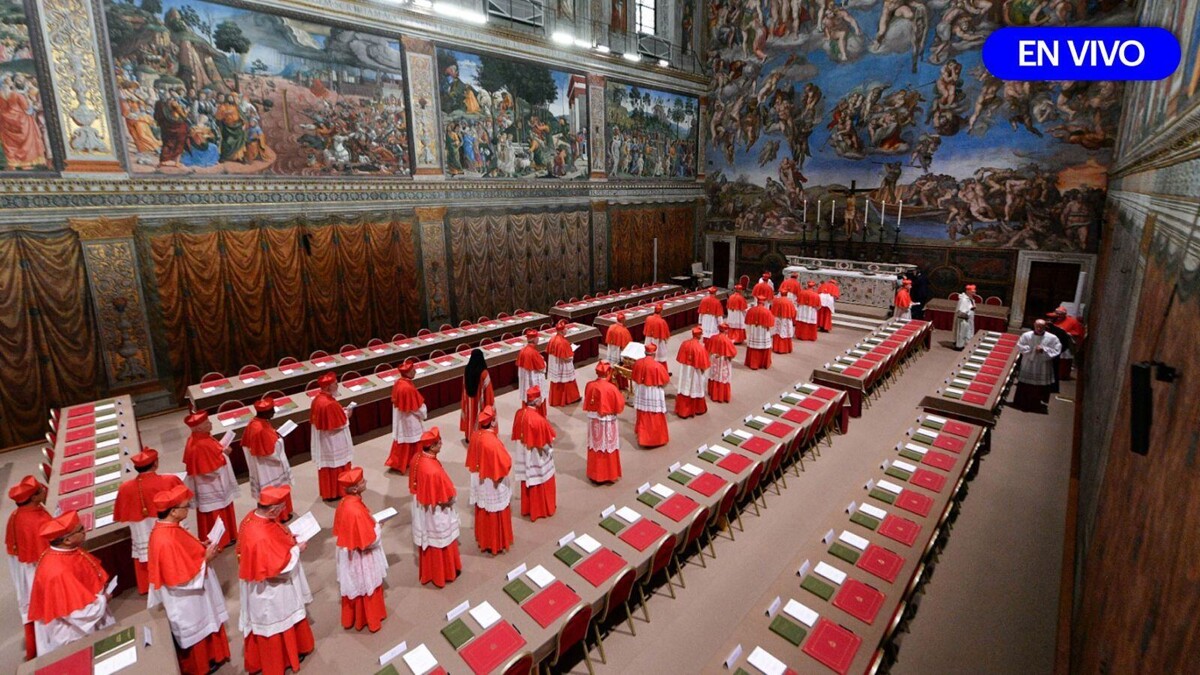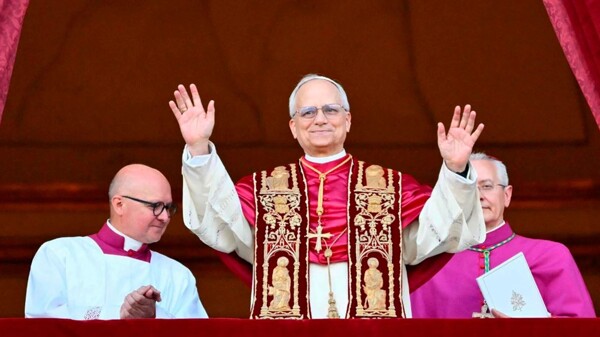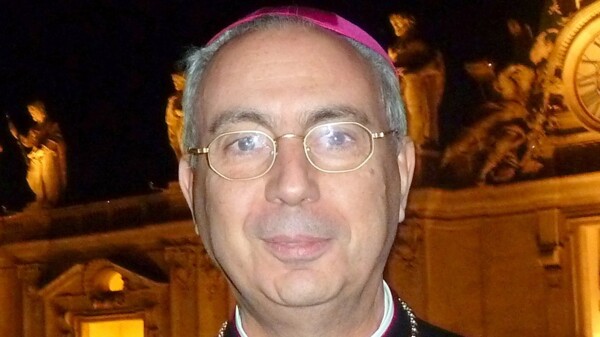
The first day of the Conclave concluded without the election of the new pope among the 133 cardinals gathered in the Sistine Chapel. After the black smoke reported around 9:00 PM on Wednesday in Rome, activities were suspended until Thursday, May 8. Although the differences in the voting did not emerge, a new result is expected throughout the following day.
"Our role here is to pray and join with other Christians, other Catholics, to ask the Holy Spirit to guide the whole process," pointed out Deacon Nicholas Nkronko to Vatican News. Regardless of the origin of the future pope, the importance of having the capacity to lead the church is highlighted.
During the first day, St. Peter's Square welcomed around 45,000 visitors hoping to witness the white smoke that announces the election and hear the awaited 'habemus papam'. The election process requires a consensus of at least 89 cardinals, two-thirds of those present.
The Conclave, which is expected to be shorter than a historic one lasting three years, will likely require several rounds of voting. The inaugural day did not achieve a result with black smoke, disappointing those present. Traditionally, between three and eight votes are needed to select the pope.
After a successful election, the new pontiff will enter the "Chamber of Tears" to don the papal vestments and will be presented to the world from the balcony of St. Peter's Basilica with the classic proclamation in Latin. There are no official candidates for the papacy, but some cardinals are considered to have the qualities for the position.
The second day of the Conclave will begin in the Sistine Chapel at 8:30 AM on Thursday, with up to four votes scheduled. The successor to Pope Francis is awaited in a process that captures the attention of crowds and global expectations.














